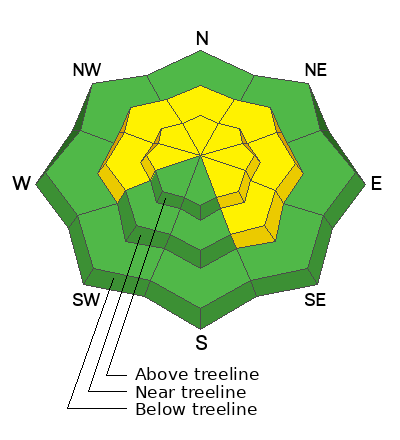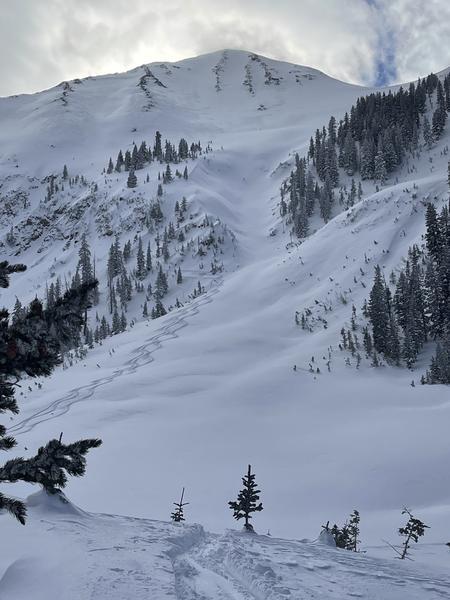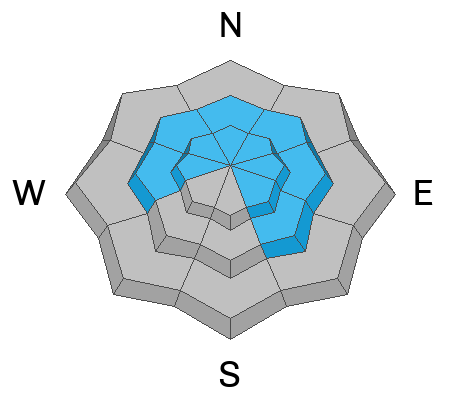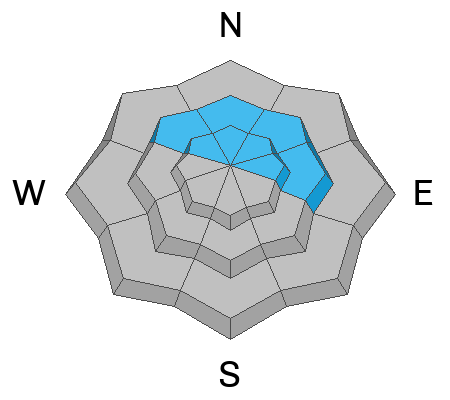Forecast for the Moab Area Mountains

Issued by Eric Trenbeath on
Monday morning, January 30, 2023
Monday morning, January 30, 2023
Be alert to changing condtions and a potential rise in danger.
A MODERATE danger exists for human triggered avalanches involving unstable slabs of wind drifted snow on steep slopes near and above treeline that face W-N-SE. Snowfall later today will likely cause the danger to increase as fresh drifts become more widespread. The danger could rise to CONSIDERABLE if we end up with more than about 6" of snow.
In non-wind affected terrain the avalanche danger is generally LOW.
Human triggered avalanches failing on a buried persistent weak layer are unlikely. They may still be possible in thinner snowpack areas, and in areas of very steep, rocky, radical terrain.

Low
Moderate
Considerable
High
Extreme
Learn how to read the forecast here









